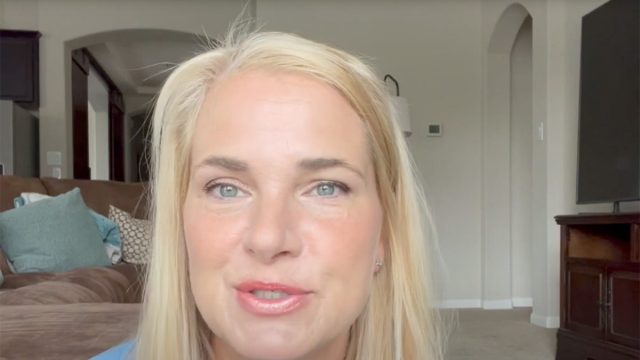I'm 52 and These 3 Tips Helped Me Shed 40+ Pounds in 6 Months
YouTube star Theresa Henning shares how she lost over 40 pounds in 6 months with three specific behavioral changes. The registered dietician struggled with her weight for years, hitting her highest weight during the pandemic lockdowns. "I have recently lost 35 pounds, but I've lost probably closer to 50 or more," she says. Here's how Theresa took control of her health and changed her life.
Tip #1: Quality of Food
Theresa focuses her diet on low-carb, whole foods. "With quality, I am talking about the quality of the food that I eat," she says. "This is how I have lost this weight, and I am a believer through this process that there isn't any one correct way for anybody to lose weight. That said, I am focusing on whole, real foods, and I know that seems like a no-brainer. I will tell you, for me, I have to eat a low-carb diet in order to get a good result. I don't think everybody does, and I think I have to stress enough that you have to find what works for you."
Good Protein
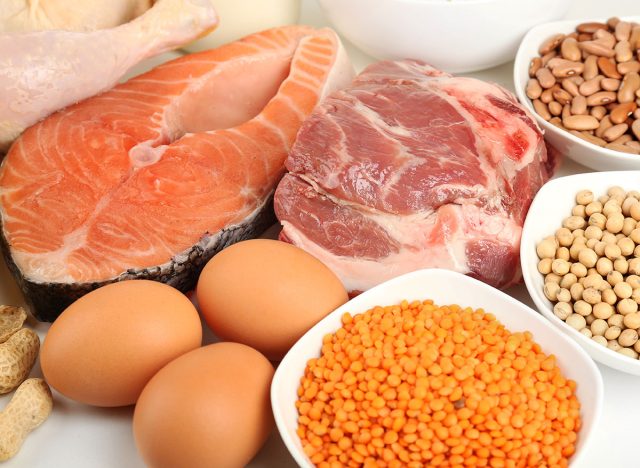
Theresa loves foods such as eggs, beef, chicken, and seafood. "I find I do better when I have real food, make a meal out of it, and don't snack," she says. "Not to say don't ever, I'm not an all-or-nothing person. I don't even know how to characterize my diet. You might call it a ketogenic diet, almost carnivore, but I'm not a carnivore. It's very much animal-based. I'm not afraid of fat. I am very low-carbohydrate."
RELATED: Top 8 High-Protein Vegetables to Burn Fat You Should Eat Every Day
Drinks Menu
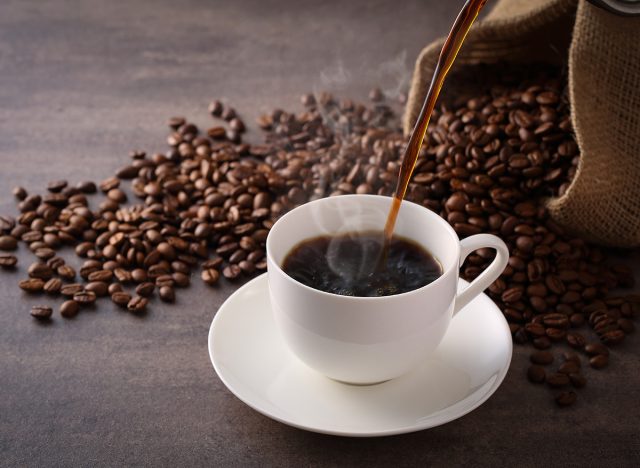
Theresa drinks water, coffee, and occasionally alcohol. "I'm a big water drinker, plain old water," she says. "I don't need to flavor my water. I've always liked regular water, so I guess that's good. I know flavored water is a whole thing, but not for me. And I drink coffee, and I drink quite a bit of coffee. Well, I usually have three cups a day. I drink it black in the morning, and then maybe for my third cup, I might have cream in it."
Tip #2: Timing
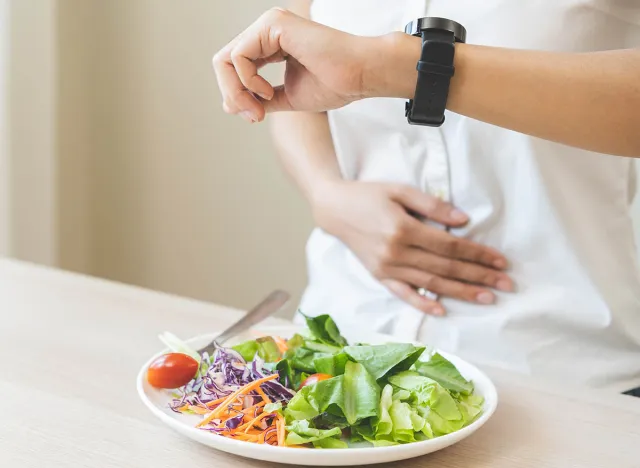
Theresa usually eats two meals a day and stops eating on the early side. "For me, the eating pattern that has given me the most success is to eat at breakfast time, at eight or nine in the morning, and then I eat one other time just because I'm not hungry," she says. "And that's the benefit to eating very low-carb and getting enough protein and fat, which is that you're not hungry. And eating again can be anywhere like three o'clock, something like that, but early and then stop eating. And I know that sounds like to a lot of people, but I've had the most success with that. I feel the best. My weight drops the fastest that way."
Tip #3: Track Measurements
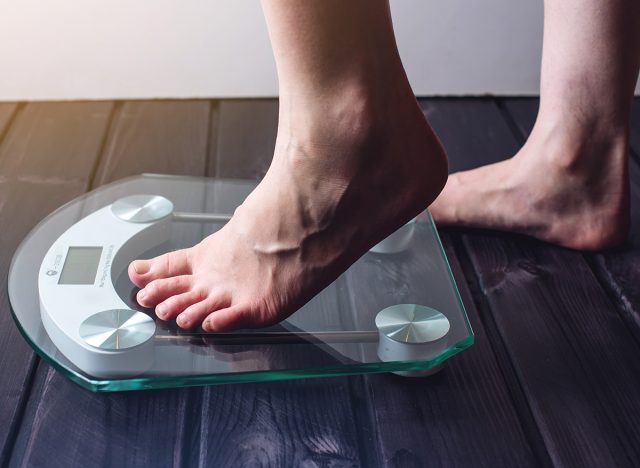
Theresa finds weighing herself on a daily basis incredibly helpful. "Now that I'm getting down to a slower weight loss pace and closer to where I want to land, I like to see and reflect back on what I ate with and how it corresponded to my weight," she explains. "I didn't realize how quickly you can gain weight in the course of a day or two of maybe poor eating choices. And this is just a way for me to get back on track, stay on track, and not let things get too far off track. It's one thing to have a two or three-pound weight gain, but you weigh a couple more days, and it's a couple more pounds, and before you know it, you're 10 pounds up. And that would be so defeating if you're really trying to pay attention."
RELATED: My Wife and I Are Both Doctors — Here's the Truth About Ozempic We Tell Our Patients
Walking and Strength Training
Theresa keeps her exercise gentle yet effective. "I walk daily," she says. "I don't do hardcore cardio at all. I think that's a bigger stressor for me. So I walk, I've always walked. I do a little bit of yoga and stretching, and I do some strength training a few times a week, and that's it. And I love the sauna when I have access to it, but I don't feel like that's been a major player in helping." And if you enjoyed this article, don't miss I Hit 60 and These 15 Anti-Aging Foods Keep Me Fit and Feeling 20 Years Younger.
